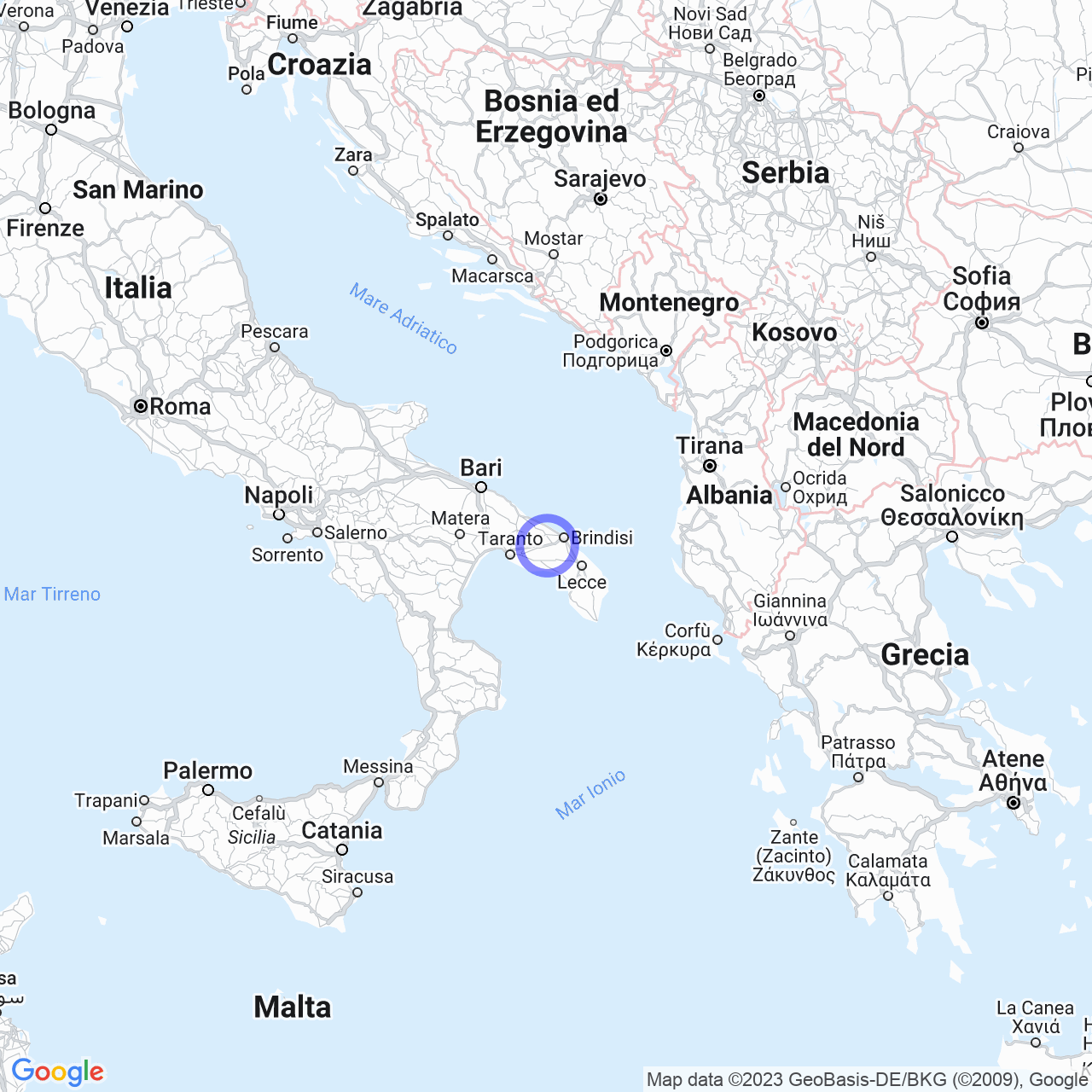Latiano
Welcome to Latiano: a brief guide to the Puglian city
Hello everyone! Today, I will be talking about the city of Latiano, an Italian municipality located in the province of Brindisi, in Puglia. With a population of approximately 13,516 inhabitants, Latiano is a city rich in history, culture, and nature. In this article, I will take you on a journey to discover some interesting aspects of this Puglian city, from its climate to its historical heritage.
Physical geography
Latiano is located in the Mediterranean climate zone. In the summer, temperatures can reach up to 35°C, while in winter, the average temperature is around 10°C. The territory of Latiano is characterized by the presence of numerous wells, especially in the southern part of the city, which provide access to water at a depth of between 5 and 12 meters.
Thanks to the presence of numerous canals, the surrounding landscape is very green and fertile. The Royal Canal, which runs in the northern part of the city, is one of the main canals that crosses the territory of Latiano. Another canal, called "lu Patru", flows underground, but it is possible to hear it in some points of the city centre. These canals are important not only from an irrigation point of view but also from a tourist perspective, as they represent one of the characteristic elements of the territory of Latiano.

History
Origins
Latiano has a very ancient history, and its territory has been inhabited since the Iron Age. In Hellenistic times, the city developed from the Messapian settlement of Muro Tenente, which reached an extension of 52 hectares. During Roman domination, Latiano was crossed by the Appian Way, which connected Taranto to Brindisi. In the Middle Ages, the territory was an integral part of the Oritana Forest, an area dense with vegetation and marshes which, thanks to its conformation, provided shelter from the attacks of the Goths and the Saracens.
Monuments and places of interest
In Latiano, there are numerous monuments and places of interest. One of the most important is the Matrice Church, located in the historical centre of the town, a sacred building of great artistic and cultural value. The church, dating back to the seventeenth century, has a Baroque façade with a stone entrance portal and a pointed bell tower.
Another place of interest is the Aragonese Tower, a watchtower erected by the Spaniards in the sixteenth century to counter the incursions of the Turks.
The Civic Museum of Latiano, housed inside a historic eighteenth-century palace, offers visitors a rich collection of archaeological artefacts dating back to the Roman and medieval eras.
Events and traditions
Latiano is also well-known for its traditions and events. One of the most important is the Carnival, a festival deeply felt and followed by the population. During the Carnival period, the streets of the town fill up with colours and music, with citizens dressing up and parading through the city.
Another important event is the Feast of San Giuseppe, the patron saint of the town, which is celebrated every year on March 19. During the feast, the town is animated by fireworks, music, and pyrotechnic shows.
Conclusion
In conclusion, Latiano is a Puglian city with many facets: historical, cultural, and naturalistic. Thanks to its geographical position, Mediterranean climate, and the presence of numerous monuments and places of interest, it represents an interesting destination for tourists who want to discover the beauties of Puglia. If you want to spend a holiday dedicated to history and nature, Latiano is definitely a place to visit!
